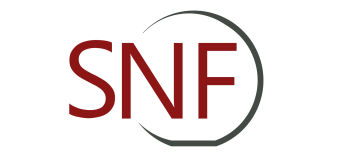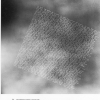More About Liftoff
Project Type:
History
Processing Technique (former Function and Method):
Notes:
Lift-off procedures have been a tool researchers have been using for decades to transfer patterns when etching them just wouldn't do. In fact, the whole technique of lift-off was created by e-beam lithography researchers (including e-beam pioneer Stanford Professor Fabian Pease!) in a quest to demonstrate the capabilities of the nascent electron beam lithography field. At that time, the only dry-etch available was ion-milling which was way too destructive for delicate e-beam patterns. The process that creatively solved the intractable problem that faced early lithography researchers has grown and developed into a solution that researchers in any discipline working on the nano-scale draw inspiration from in order to make the next generations of just about everything!
Some interesting dates:
- 1960- Professor Gottfried Mollenstedt demonstrated his initials written in colloidion membrane then shadowed with evaporated metal. Ken Shoulders at SRI made marks with contamination (contamination was well known to electron microscopists).
- 1963- Professor Fabian Pease wrote a free-standing 'P' using a slowly moving e-beam and contamination. Professor Pease's labmate, Professor Alec Broers, had an SEM with a built-in ion gun (flood beam) so wrote contamination lines on top of a gold film and had a series of spectacular images of the ion milling as it worked it's way down to the silicon substrate.
- 1967- Dr. Mike Hatzukis, IBM Researcher, presents research paper at the "Three Beams" Lithography conference showing PMMA patterning and lift-off.
- 1975- Demonstrations of 20kV patterning
- 1979- Bilayer and sometimes 2 developers patterning
- 1974- Bell Labs described EBES (the commercial version became MEBES) at IEDM
- 1985- Dr. Mark McCord demonstrated nano-scale patterning via STM.
Reference(s):



